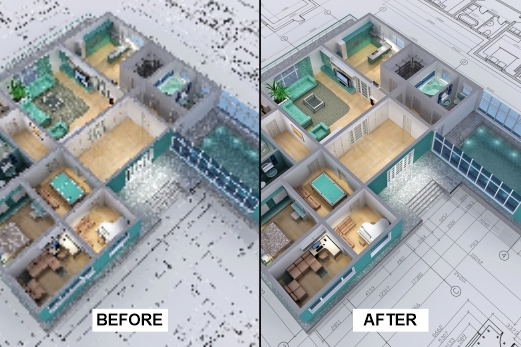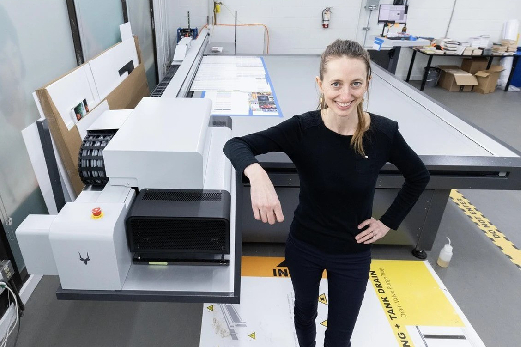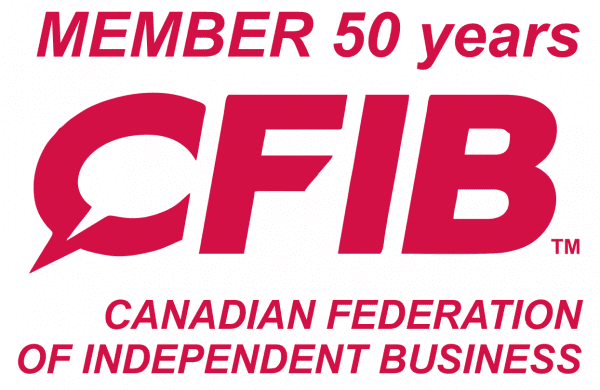Digital and offset printing are the two most common commercial printing technologies in use today, making one of the most common questions, “Which one do I use for my project?”. We’ve outlined below the need-to-know information that will help you determine which process is best for your project.
Advantages
Smaller quantities
- Any print quantity under 1000 units is typically well suited for a digital press.
Faster turnaround
- Little set-up required.
Cost effective
- Prints lower quantities at much less cost.
Variable data
- Can print variable text or images where each sheet off the press is unique in some specific way.
Disadvantages
Larger colour variability
- Pantone colours are created using CMYK & other colours.
Limited choice of media
- Can accomodate a smaller variety of paper stocks.
Advantages
Larger quantities
- A print quantity of over 1000 units is typically well suited for offset printing.
Pantone (Spot) colours & varnishes
- Accurate Pantone colours as plates are filled with Pantone inks or ‘spot colours’
- Fluorescent & metallic inks.
- Spot or flood varnishes.
Cost effective
- Prints higher quantities at much less cost.
Larger media variety
- Rough or heavy papers, cloths or specialty papers.
Disadvantages
More time consuming
- Set-up, maintenance & drying time required.
Finishing time
- Requires drying time.
“TR Trades comes through quickly and consistently—always. Thank you!”
Sean Gough (ABC Imaging)
All Testimonials →Still unclear on the best choice for your project?
No problem—give us a call and we would be happy to outline specifically how each process will apply to your project.








